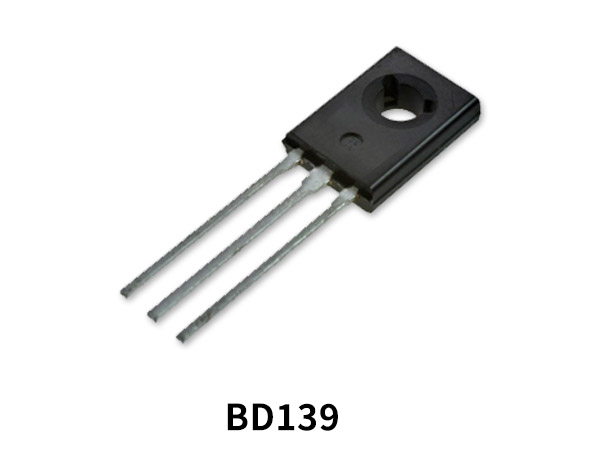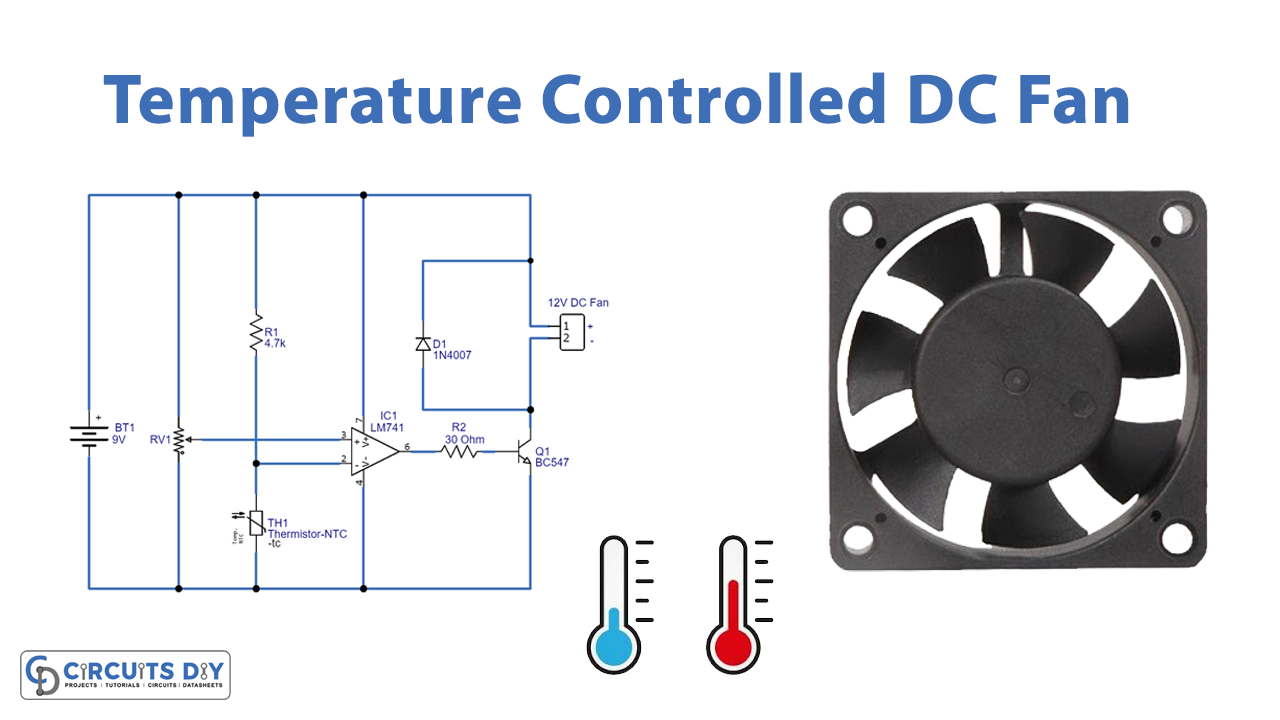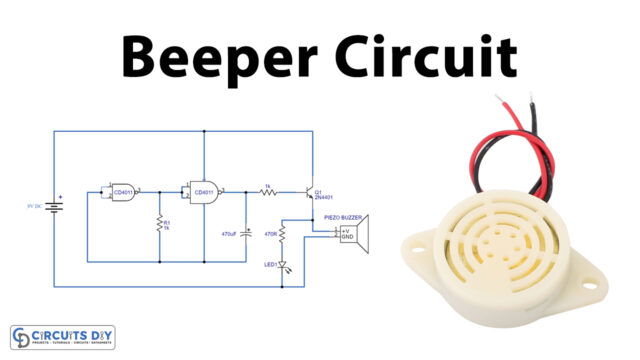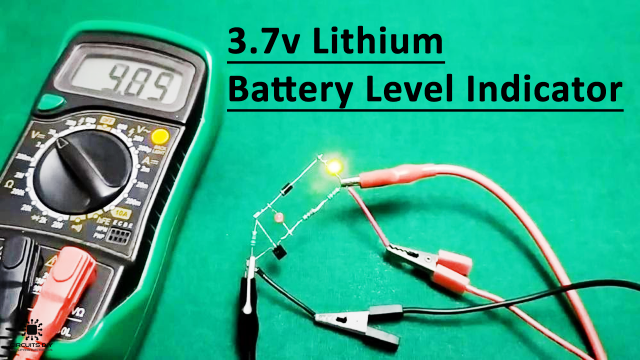Here we are going to demonstrate a simpler version of a temperature-controlled DC fan. You can control any 12 volts 1A DC fan with this circuit according to the temperature changes. To detect the temperature we have used a 10K NTC thermistor. It is a resistance thermometer, its resistance changes inverse proportionally to the temperature.
When the temperature rises its resistance is decreased and increases when the temperature is low. The other important component of this circuit is a transistor. we have used a BD139 transistor it is working as a switch for the fan in this circuit. This circuit is inexpensive and easy to build as it is using only a few components.

Hardware Components
The following components are required to make Temperature Controlled DC Circuit
| S.no | Component | Value | Quantity |
|---|---|---|---|
| 1. | DC Supply | 12V | 1 |
| 2. | Thermistor | 10K | 1 |
| 3. | Resistor | 1K | 1, 1 |
| 4. | Transistor | BD139 | 1 |
| 5. | DC fan | 12V | 1 |
| 6. | Diode | 1N4007 | 1 |
| 7. | Variable Resistor | 100K | 1 |
BD139 Pinout

For a detailed description of pinout, dimension features, and specifications download the datasheet of BD139
Temperature Controlled DC Circuit

Working Explanation
The operating voltage of this circuit is 12 volts DC. When the 10K NTC thermistor detects heat its resistance will be decreased and on a specific preset temperature level the transistor BC139 will turn on. The transistor is acting as a switch for the fan so when it activates it turns on the fan as well. A 100k variable resistor is used to set the level of heat or temperature on which you want your fan to switch on.
The transistor will dissipate heat during this operation so there should be some distance between the transistor and thermistor in the circuit so that it works properly and use a heatsink with a transistor.
Applications and uses
This can be used in various projects where cooling is required
- Power supply circuits
- Audio amplifier circuits
- Battery chargers
- PC, Laptops, etc.













